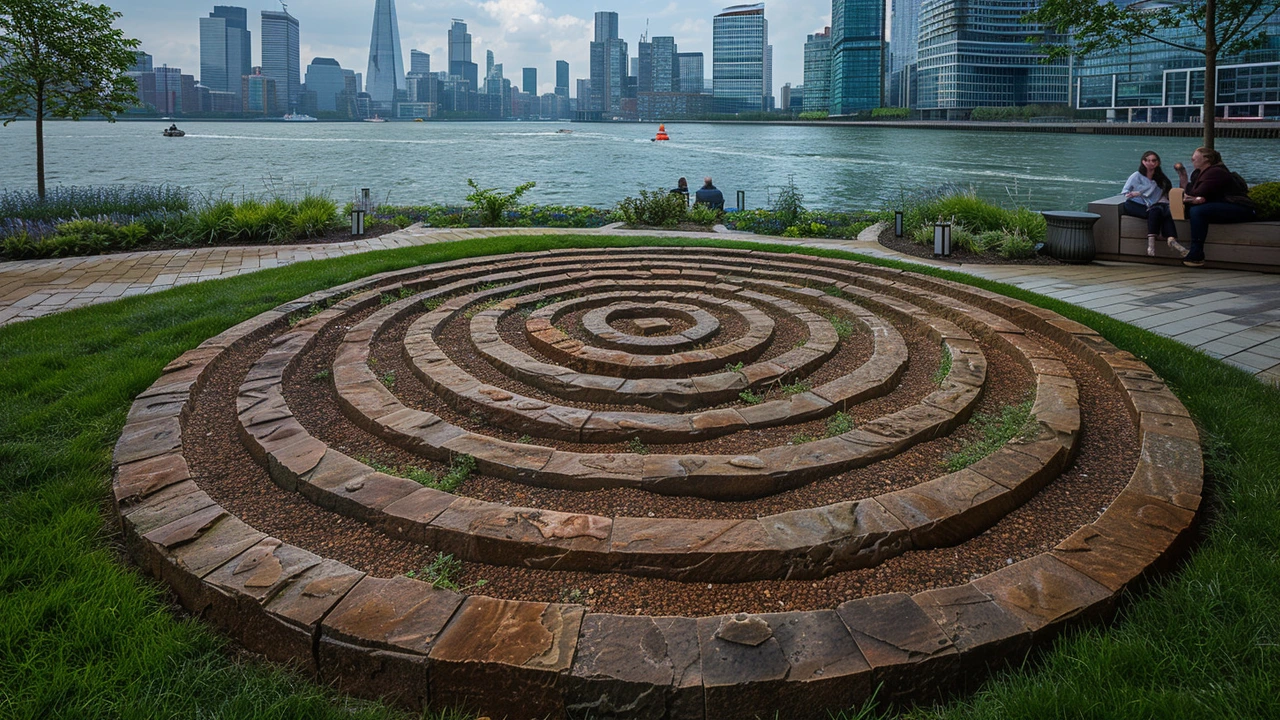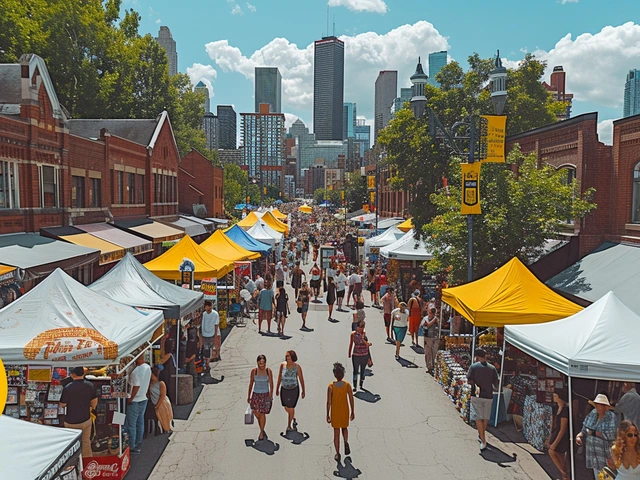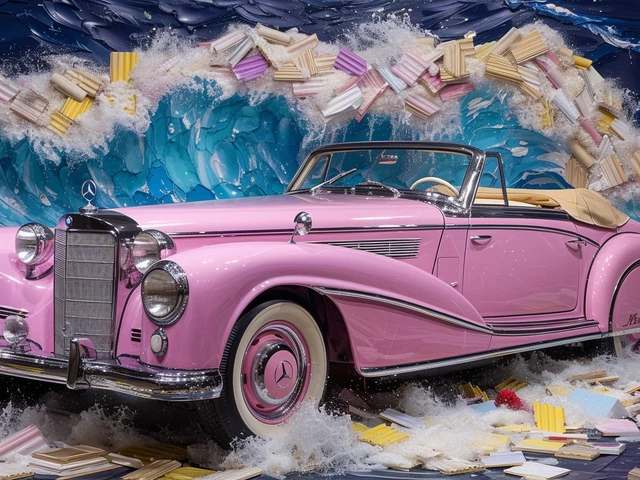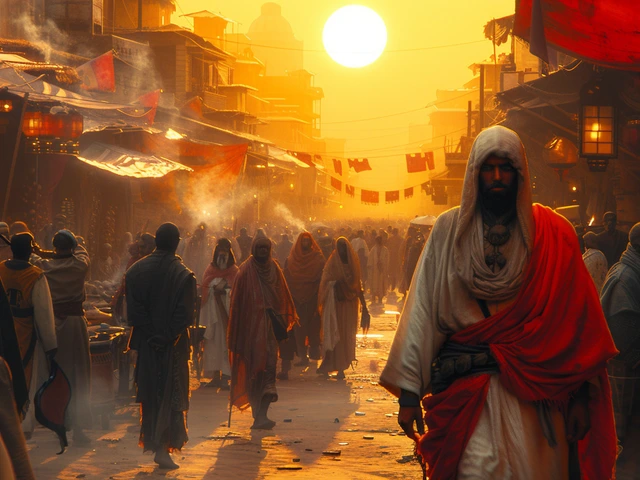The Roots and Evolution of Land Art in Urban Contexts
Land Art, initially a movement that sought to transcend the confines of galleries, has evolved significantly since its inception in the 1960s. Originally focused on large-scale alterations of rural landscapes, today's urban land art projects adapt these principles to city settings. These interventions are characterized by the use of organic materials—such as soil, rocks, and native plant species—and are often designed to interact seamlessly with the urban environment. As cities grow denser, these green installations serve as vital lungs, providing not only beauty but a breath of fresh air amidst concrete structures.
Artists like Robert Smithson and Michael Heizer paved the way with monumental earthworks that redefined the relationship between art and environment. Inspired by them, contemporary urban land artists continue to push boundaries. Whether transforming derelict plots into vibrant community gardens or integrating ecological functions into public art, their works challenge viewers to engage with their surroundings in mindful and meaningful ways. This dynamic dialogue between art and environment exemplifies how land art has adapted to urban settings, invigorating public spaces while encouraging sustainable urban development.
Apart from aesthetic enhancement, land art in urban areas often serves deeper functional purposes. For instance, rain gardens and green roofs, which can be considered forms of land art, play critical roles in stormwater management, reducing runoff and improving water quality. These living artworks not only please the eye but also perform essential ecological functions, demonstrating the practical benefits of integrating land art into urban planning strategies.
Case Studies: Transformative Land Art Projects in Public Spaces
Across the globe, cities are embracing land art as a tool for urban renewal and community engagement. In New York, the High Line—a repurposed train track turned into an elevated greenway—exemplifies land art's potential to transform spaces and influence urban lives. What was once a disused infrastructural element is now a bustling park that hosts millions, featuring site-specific installations and landscaped walkways that encourage urbanites to connect with nature and art.
In Australia, Melbourne's own Federation Square showcases temporary land art installations that engage the community through both form and function. These installations often reflect social themes and encourage public interaction, turning the square into more than just a transit space but a true cultural hub. These projects are not merely decorative; they foster a sense of belonging and identity among residents, illustrating the social dimensions of land art.
One notable example involves the use of indigenous plant species to create living sculptures that not only celebrate local flora but also educate the public about native biodiversity. Projects like these do more than adorn; they narrate, teach, and inspire community stewardship of local environments. As land art becomes a staple in urban public art initiatives, such cases underscore its role in building more interactive and responsive urban spaces.
Moreover, the integration of land art into cityscapes often spurs further investment in public spaces. It acts as a catalyst for community-driven development, where collaborative efforts between artists, city planners, and residents lead to more humane and habitable urban environments. Through these collaborative projects, land art becomes a tool for communal expression and urban transformation.



